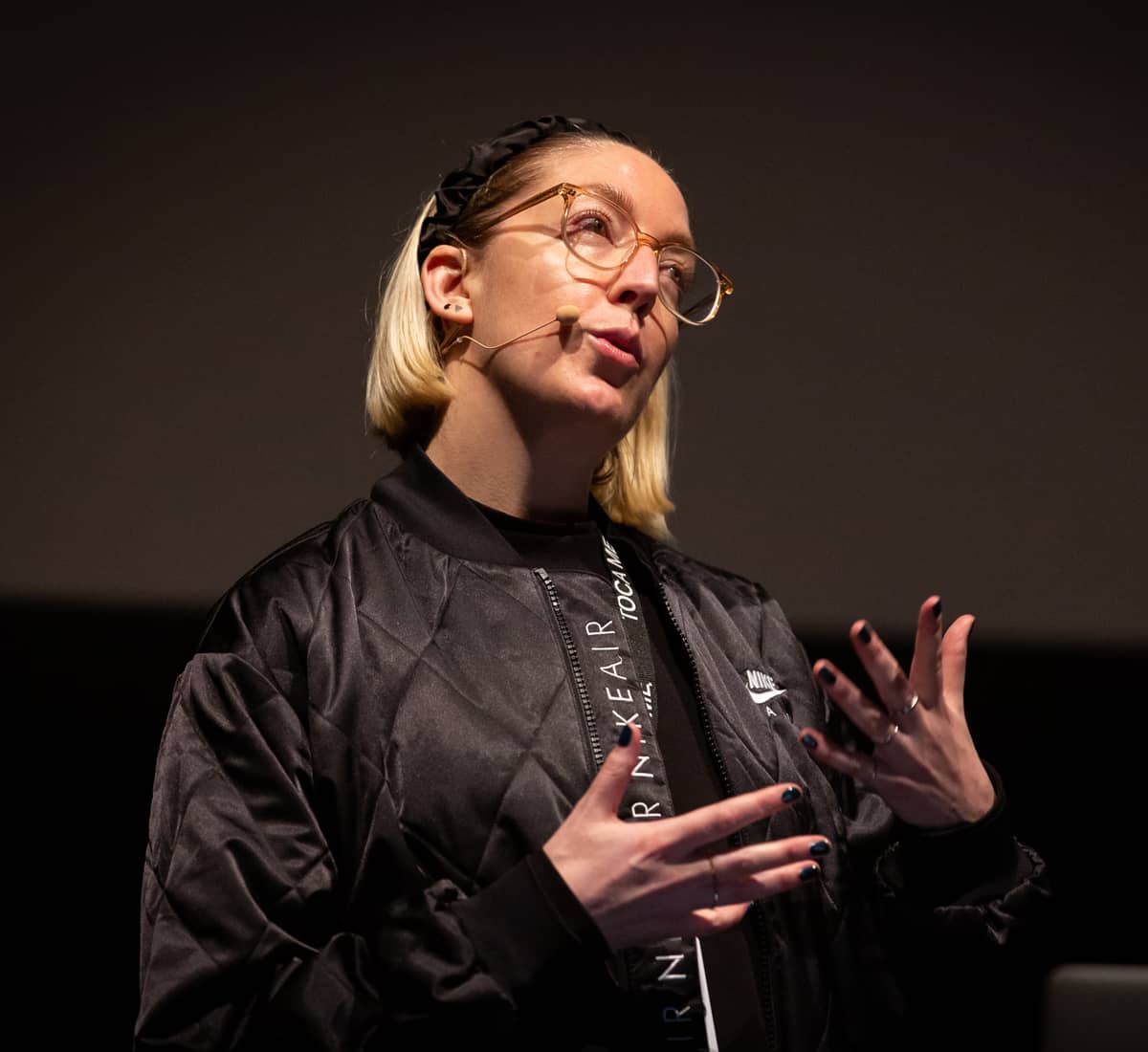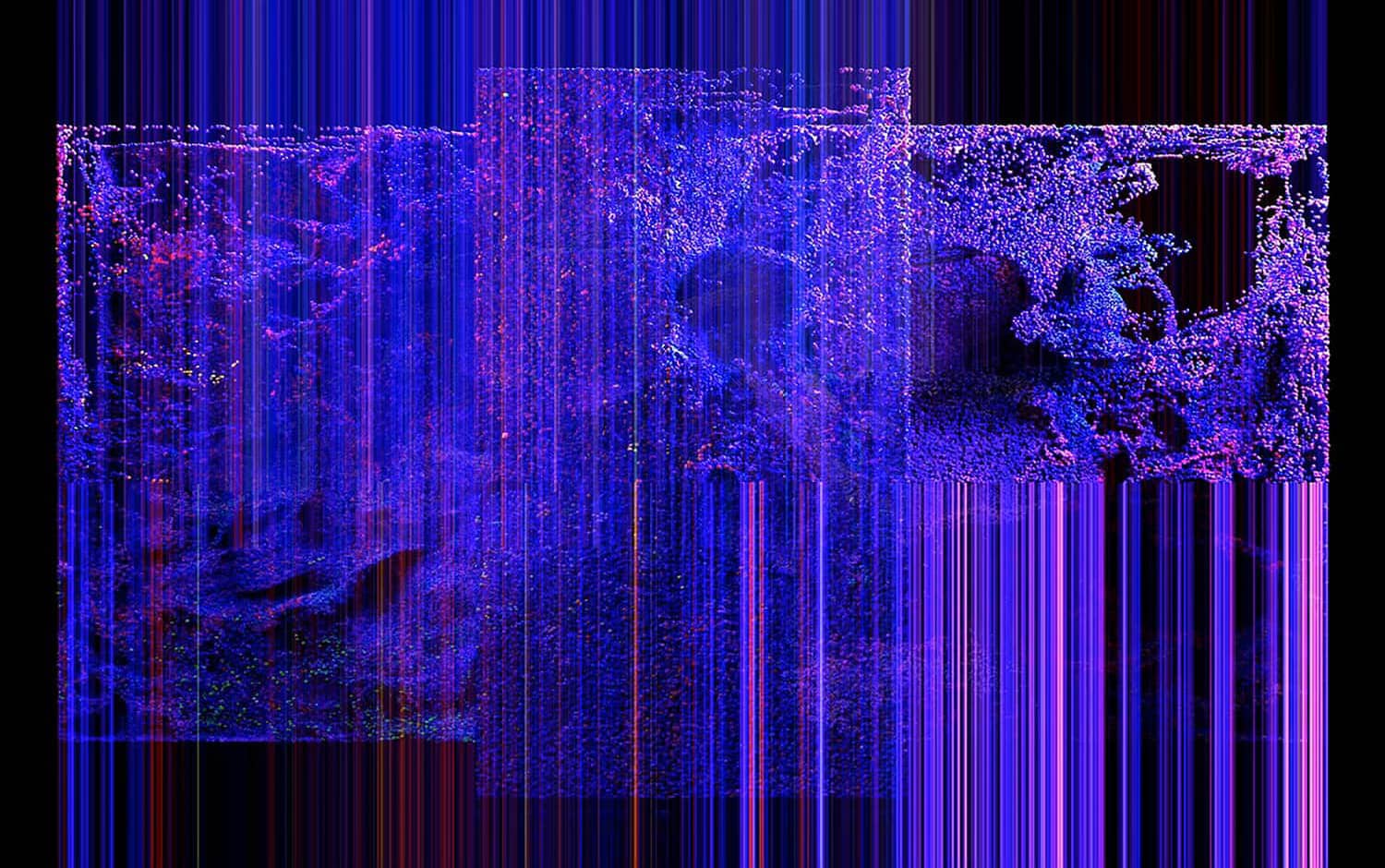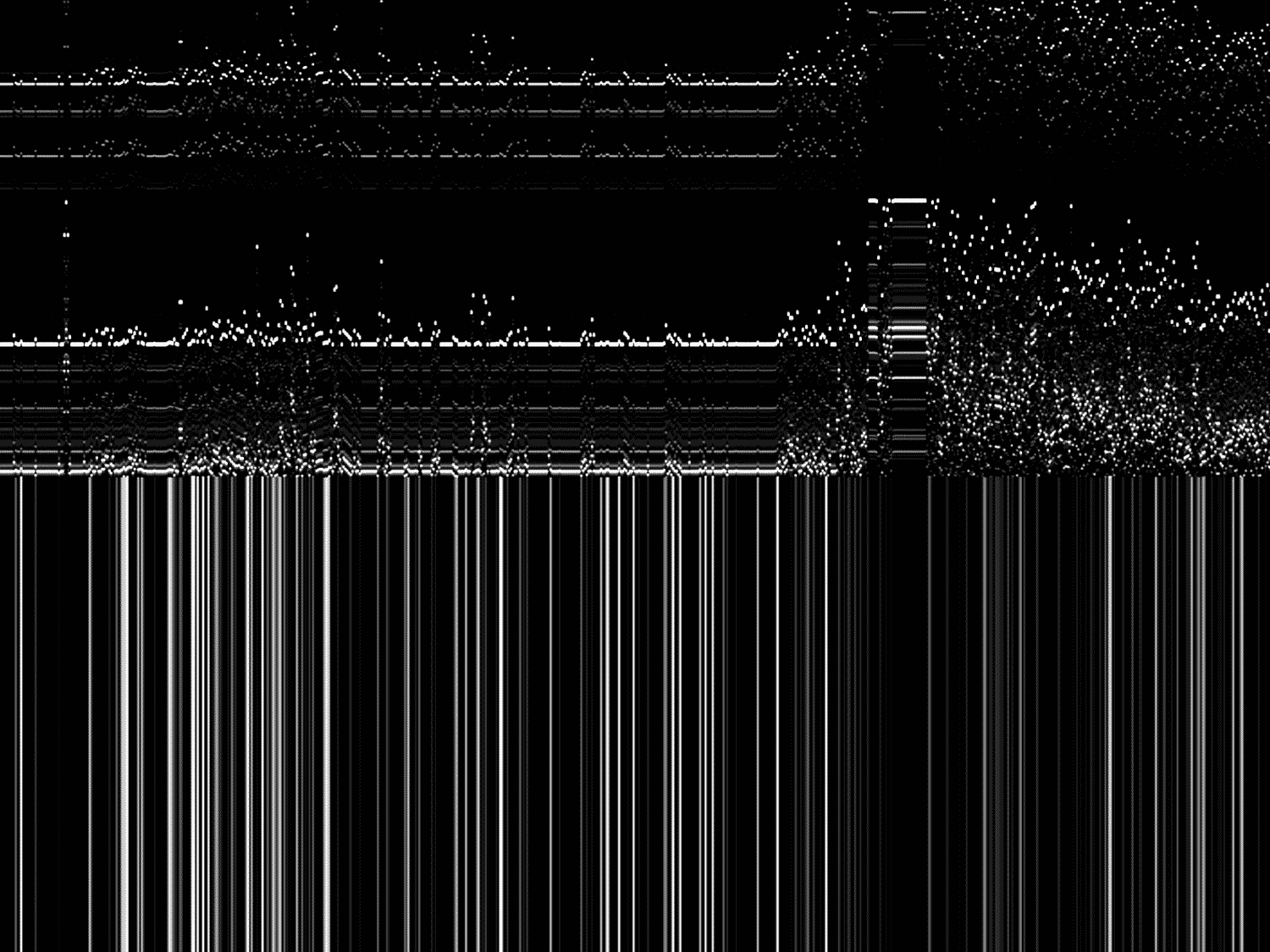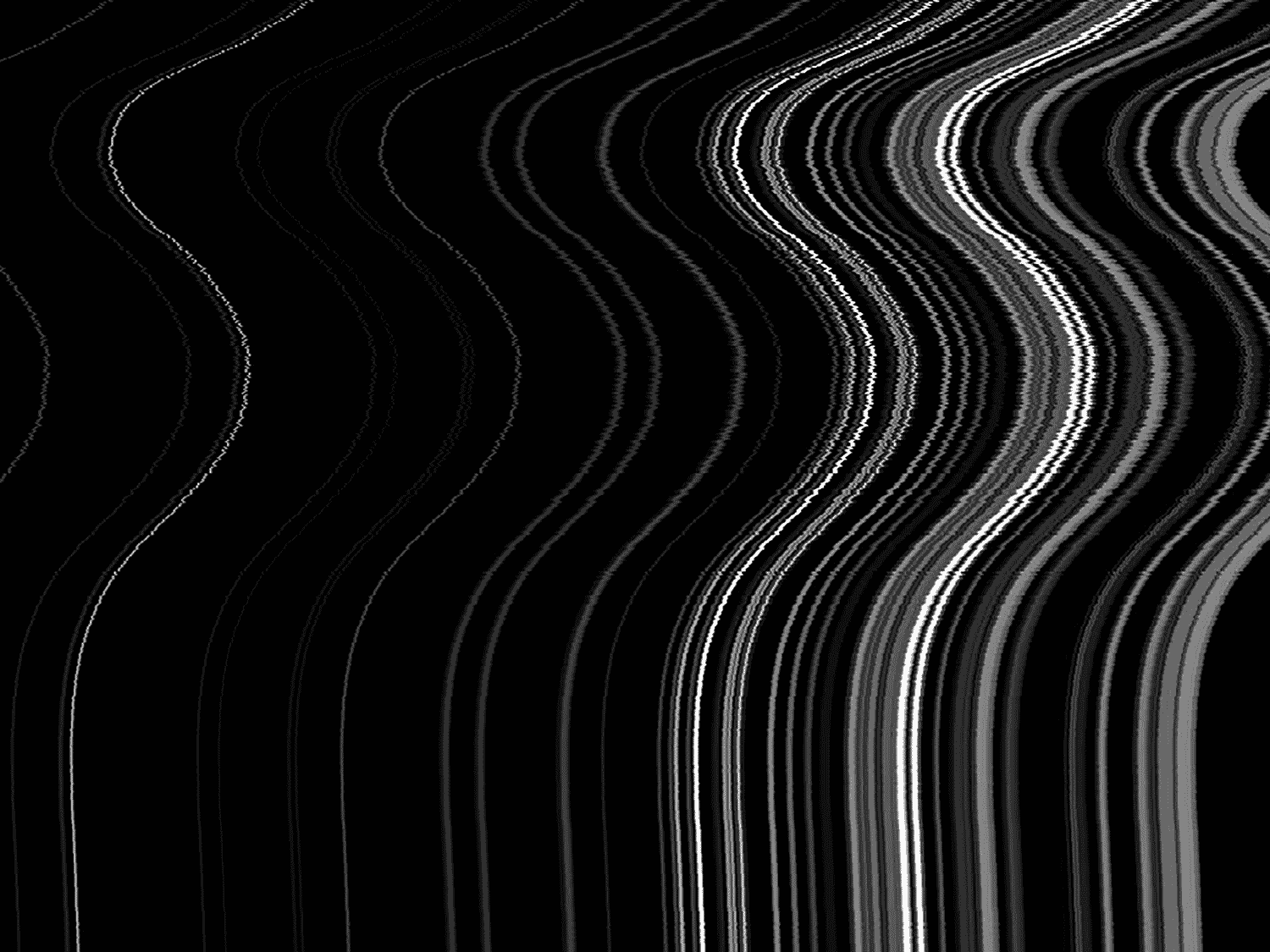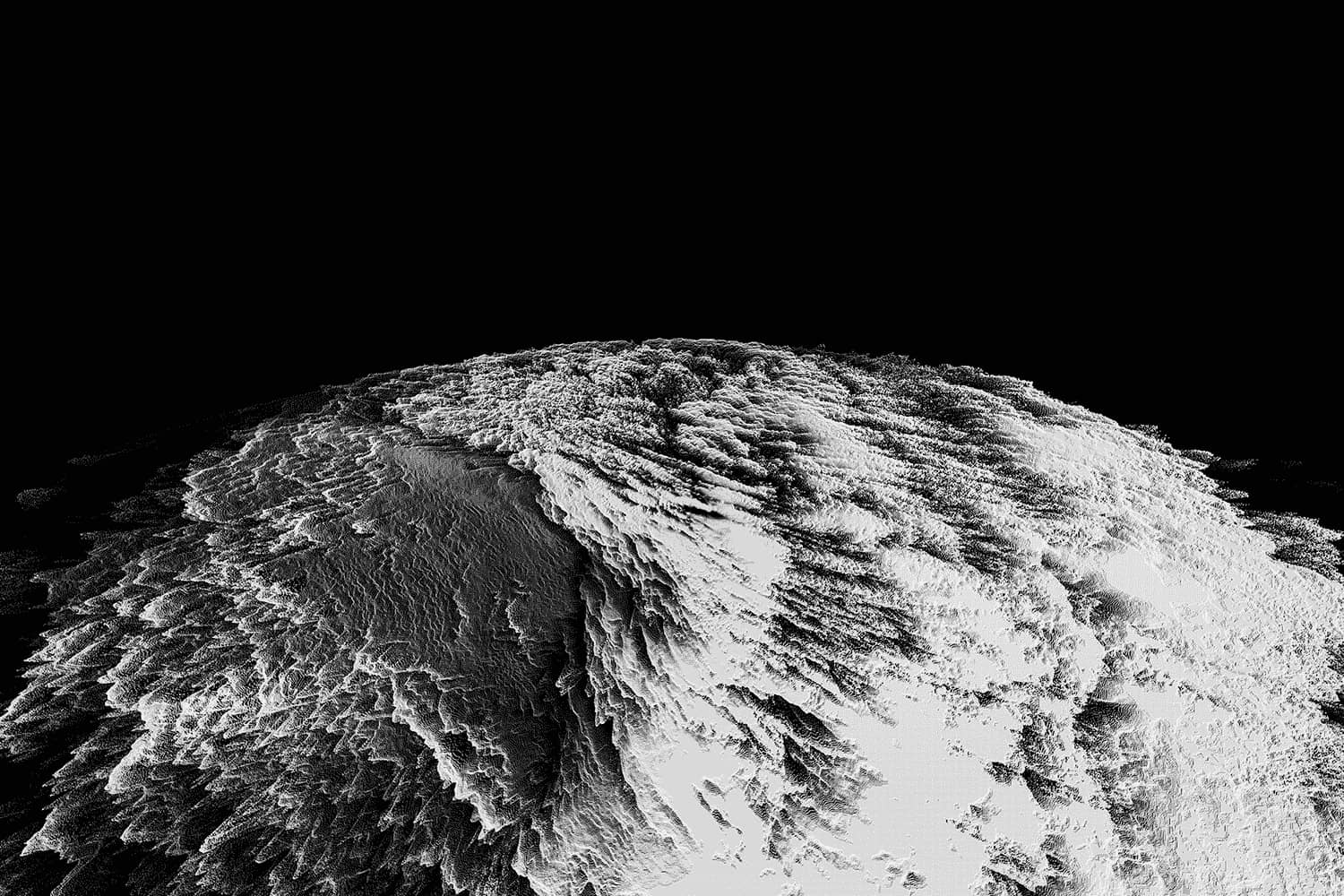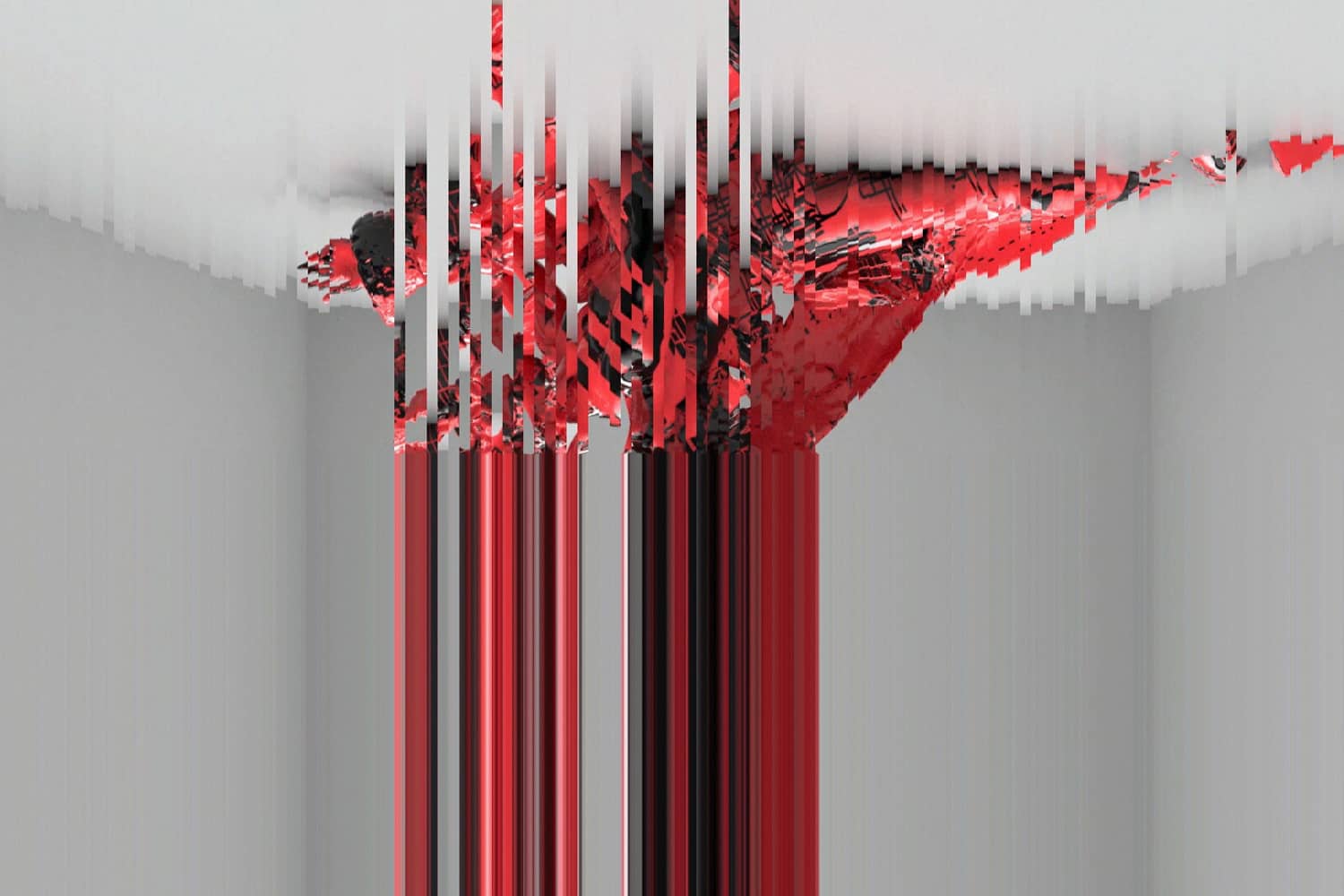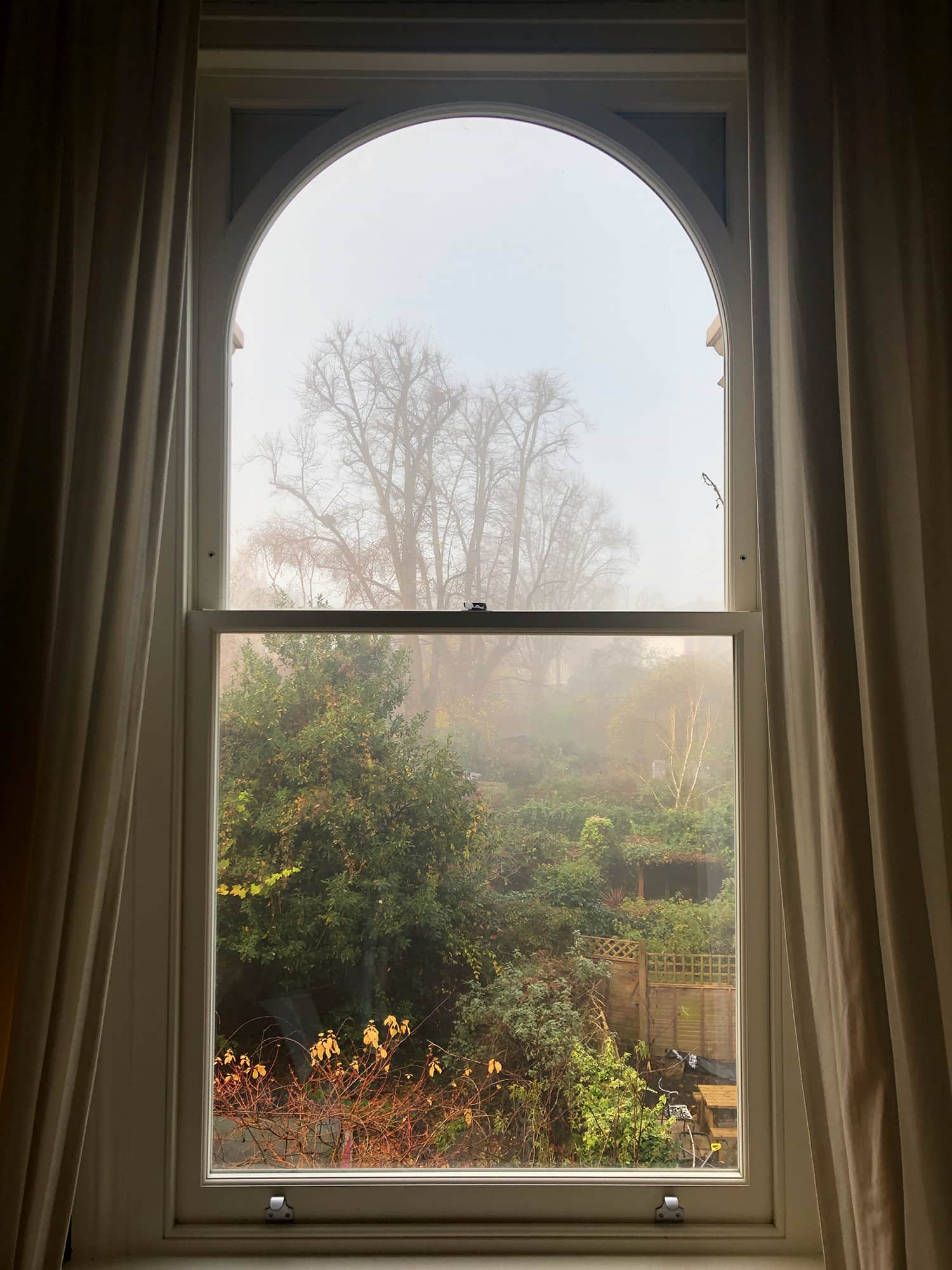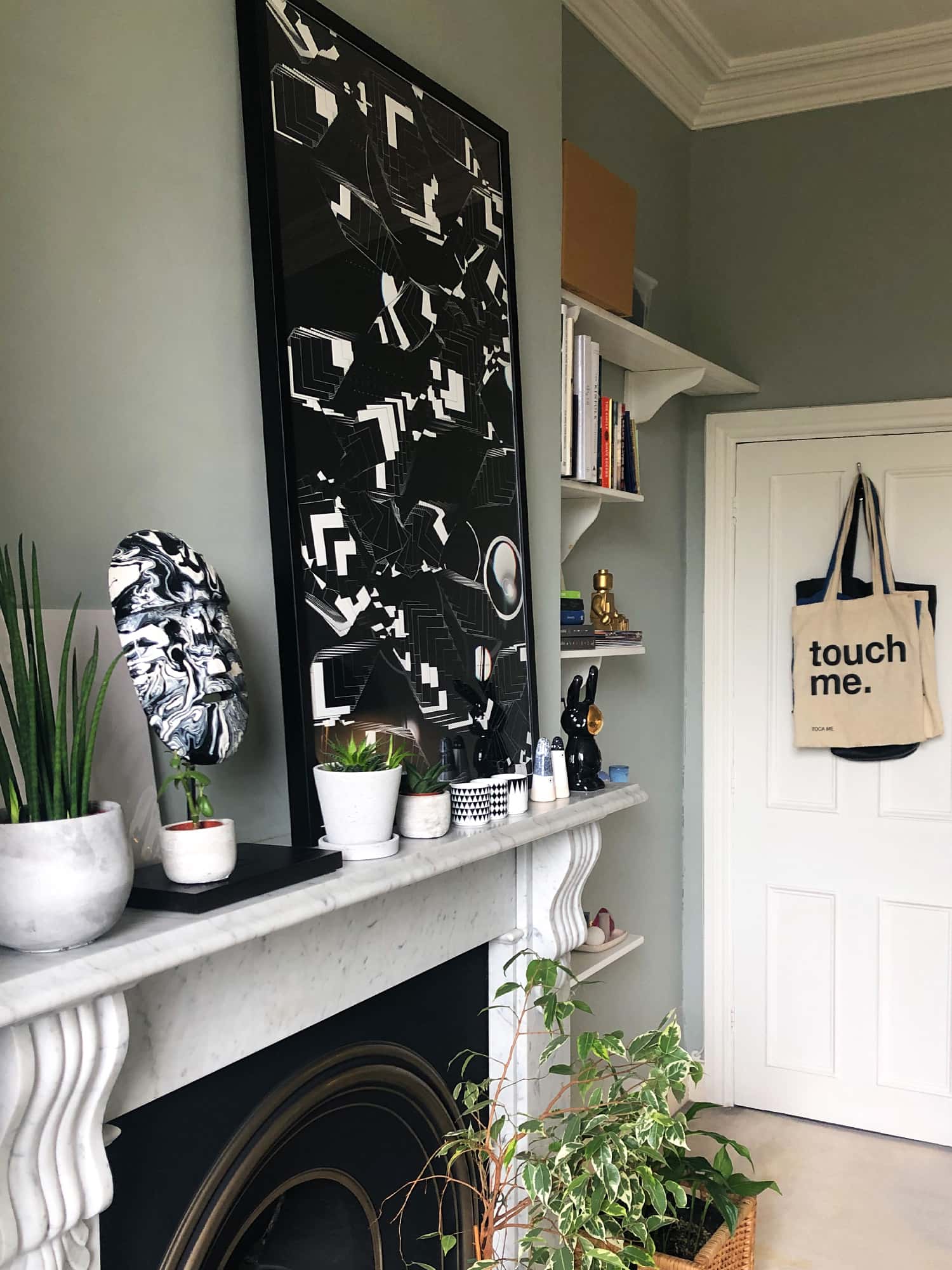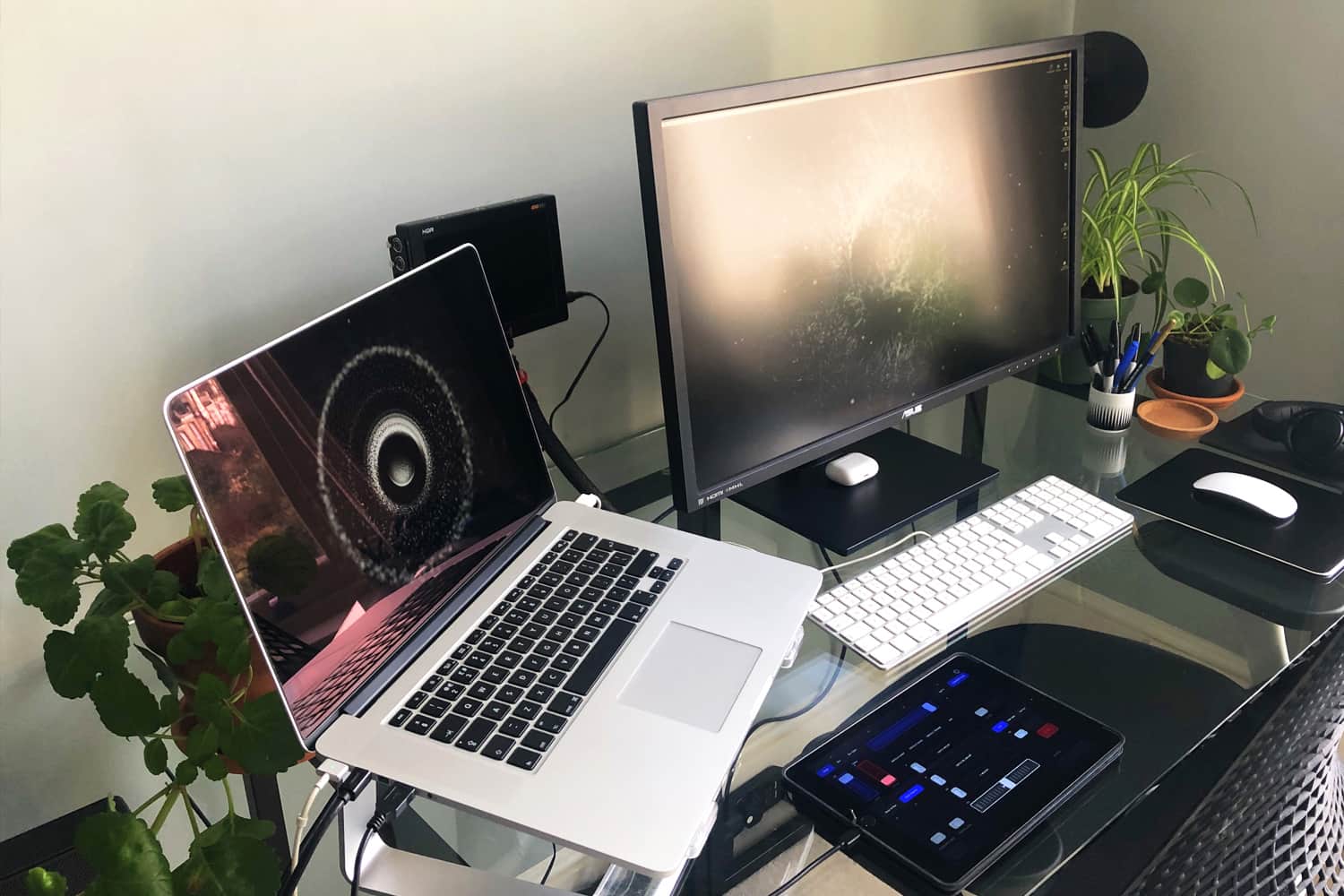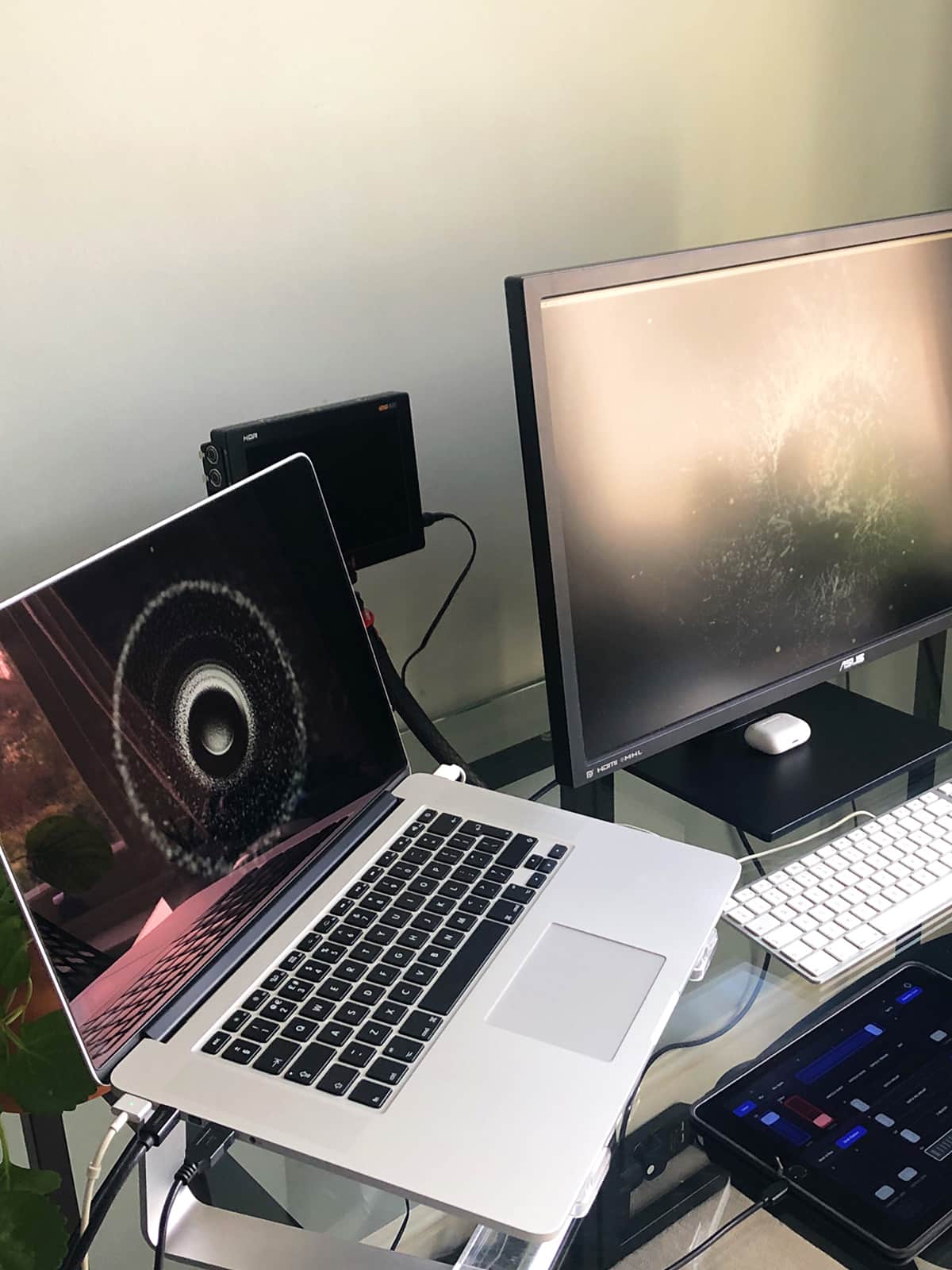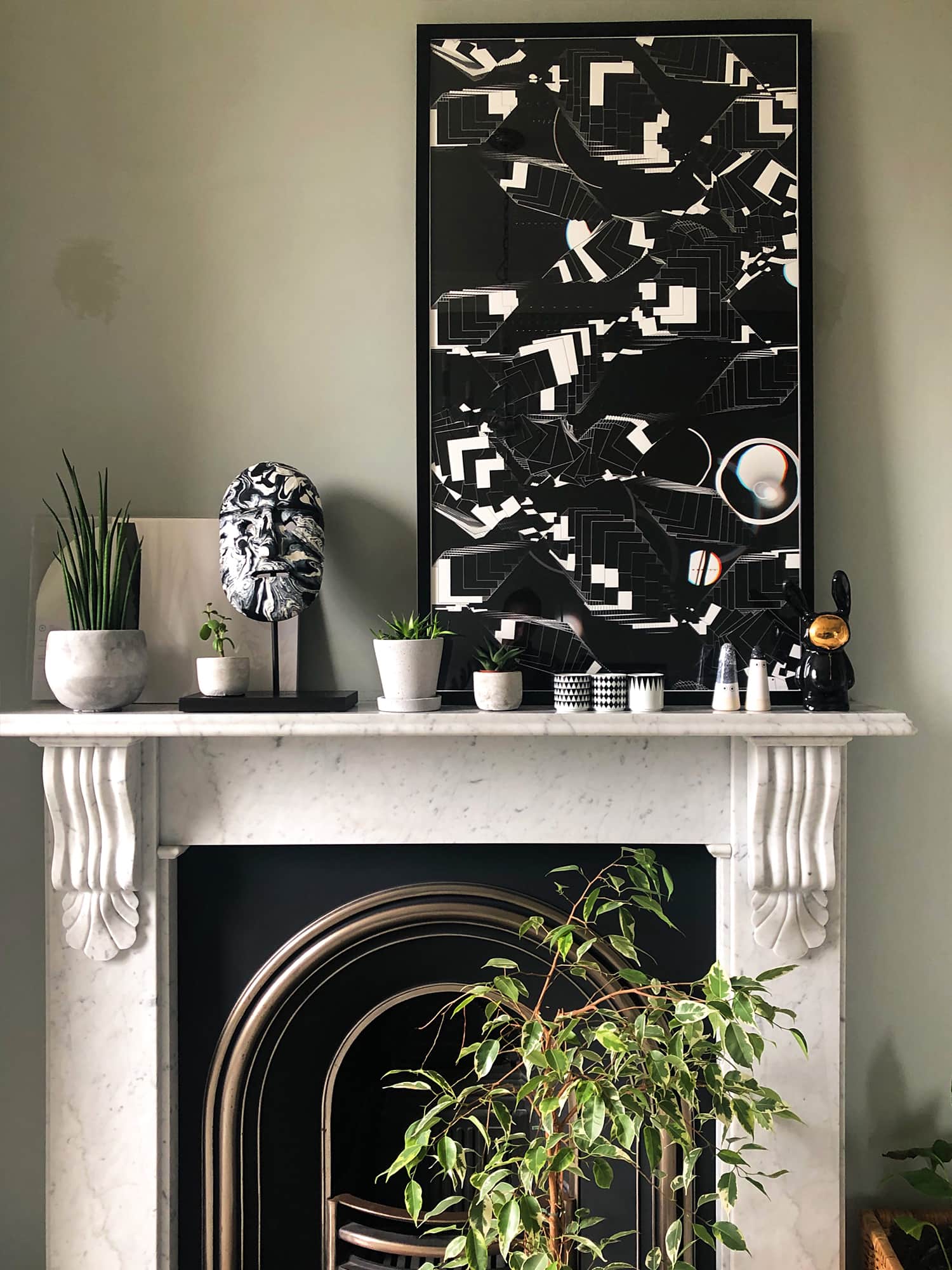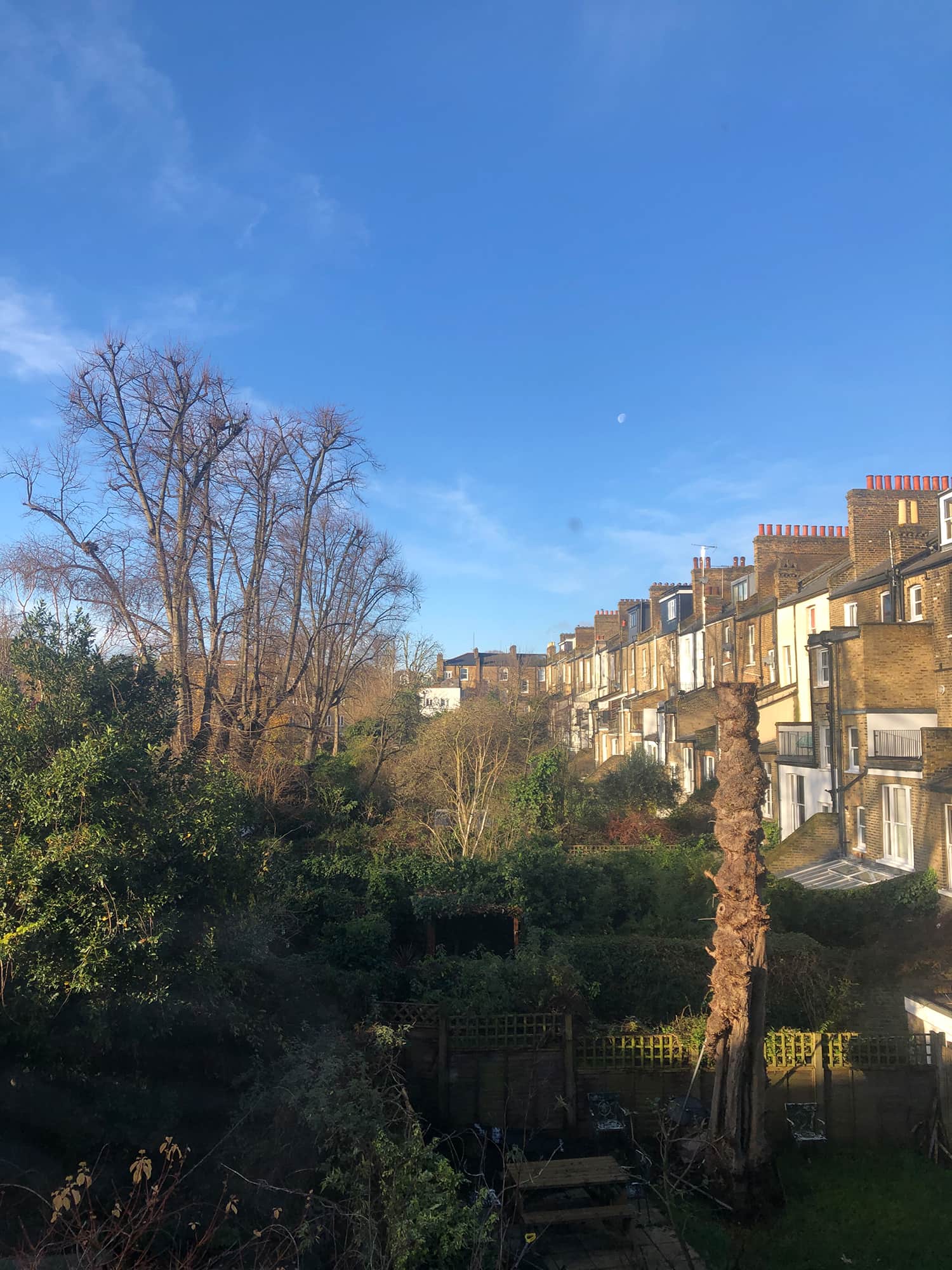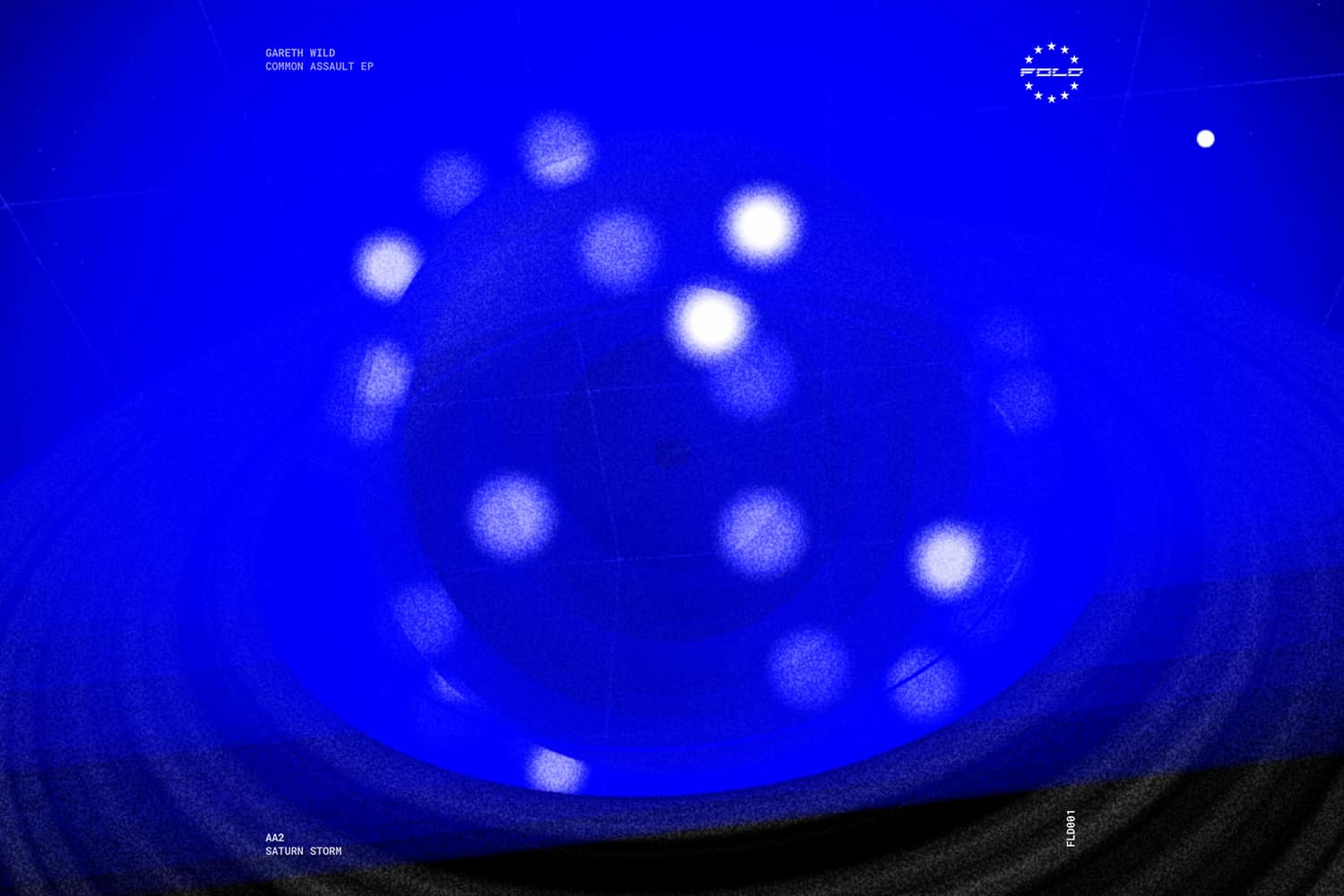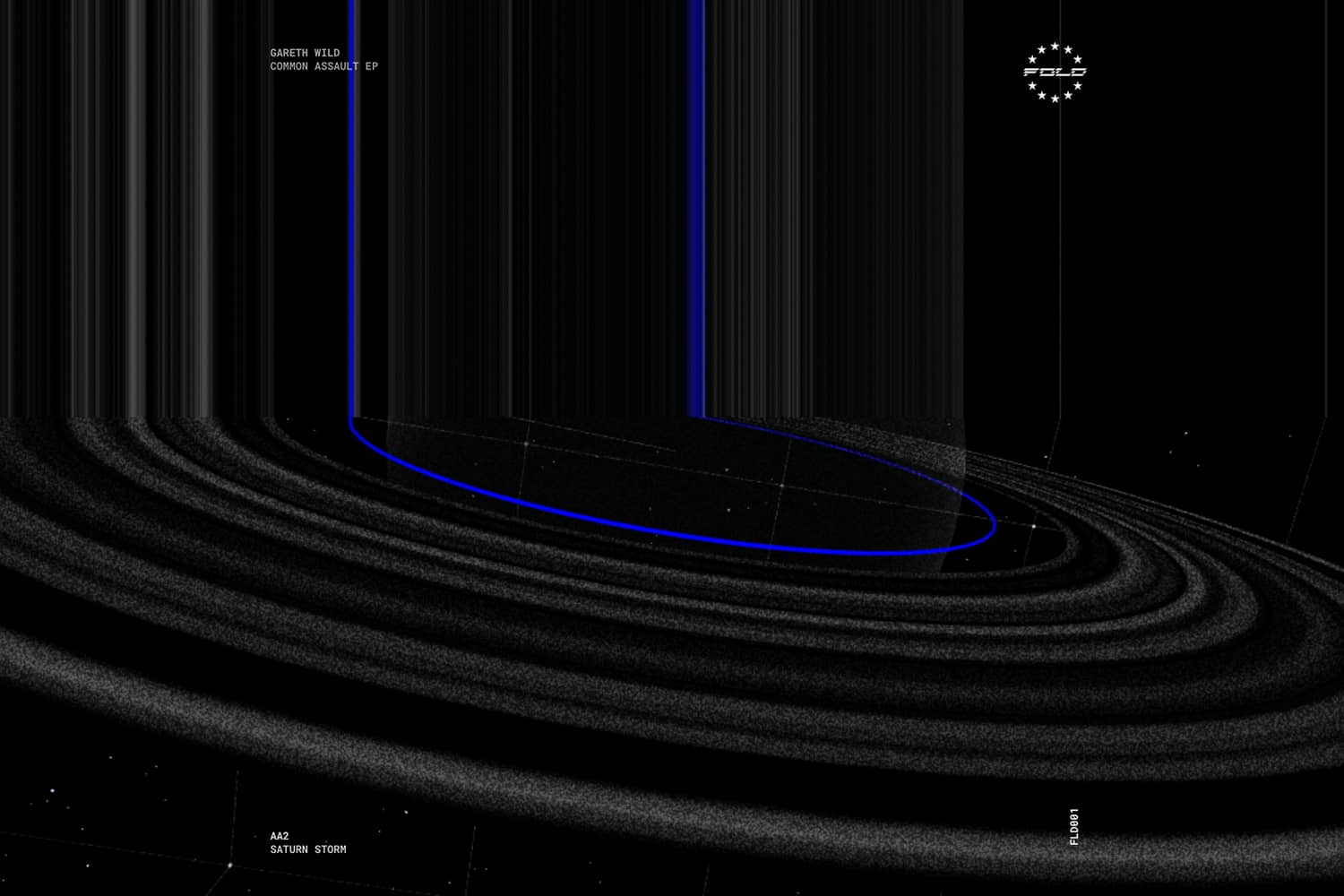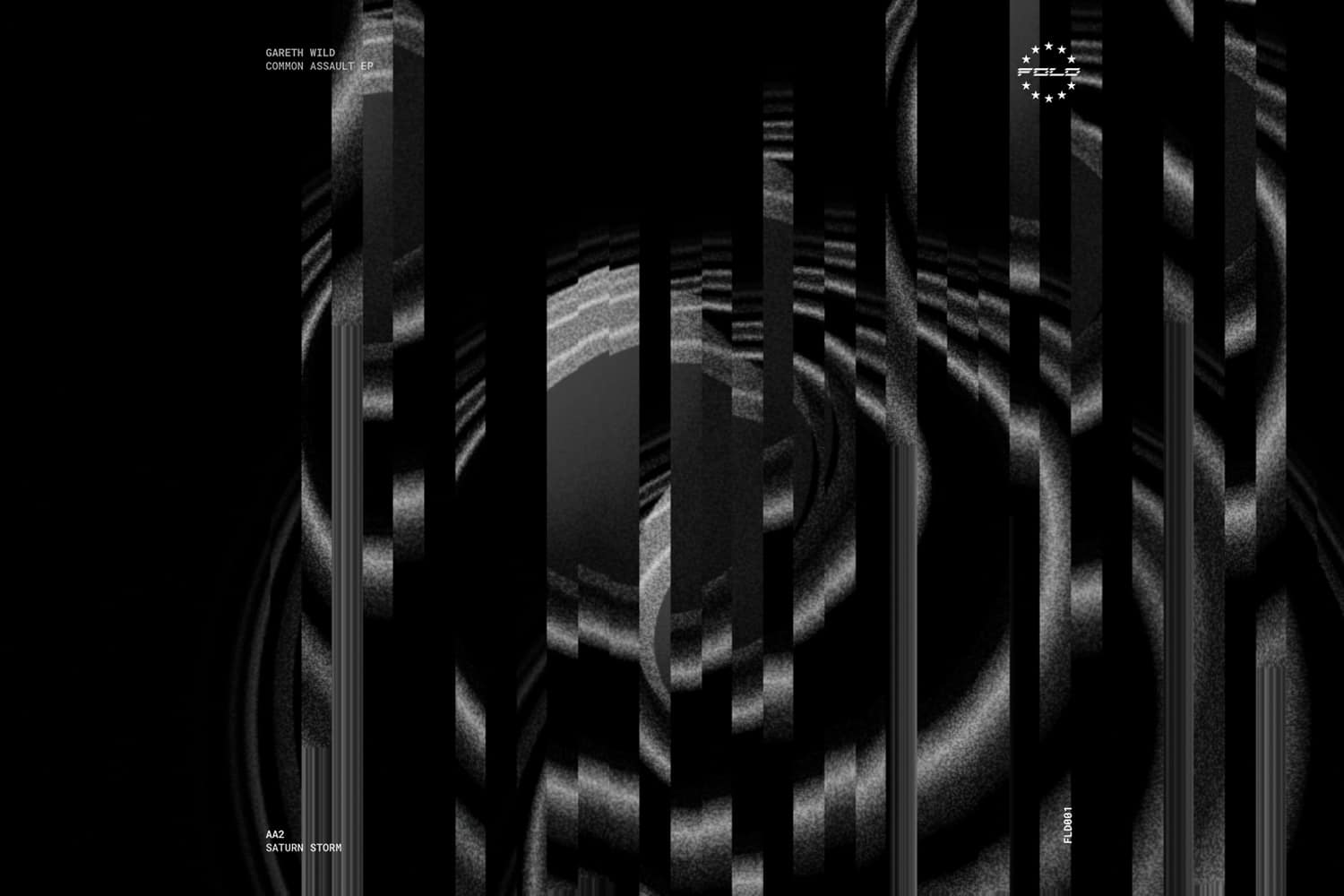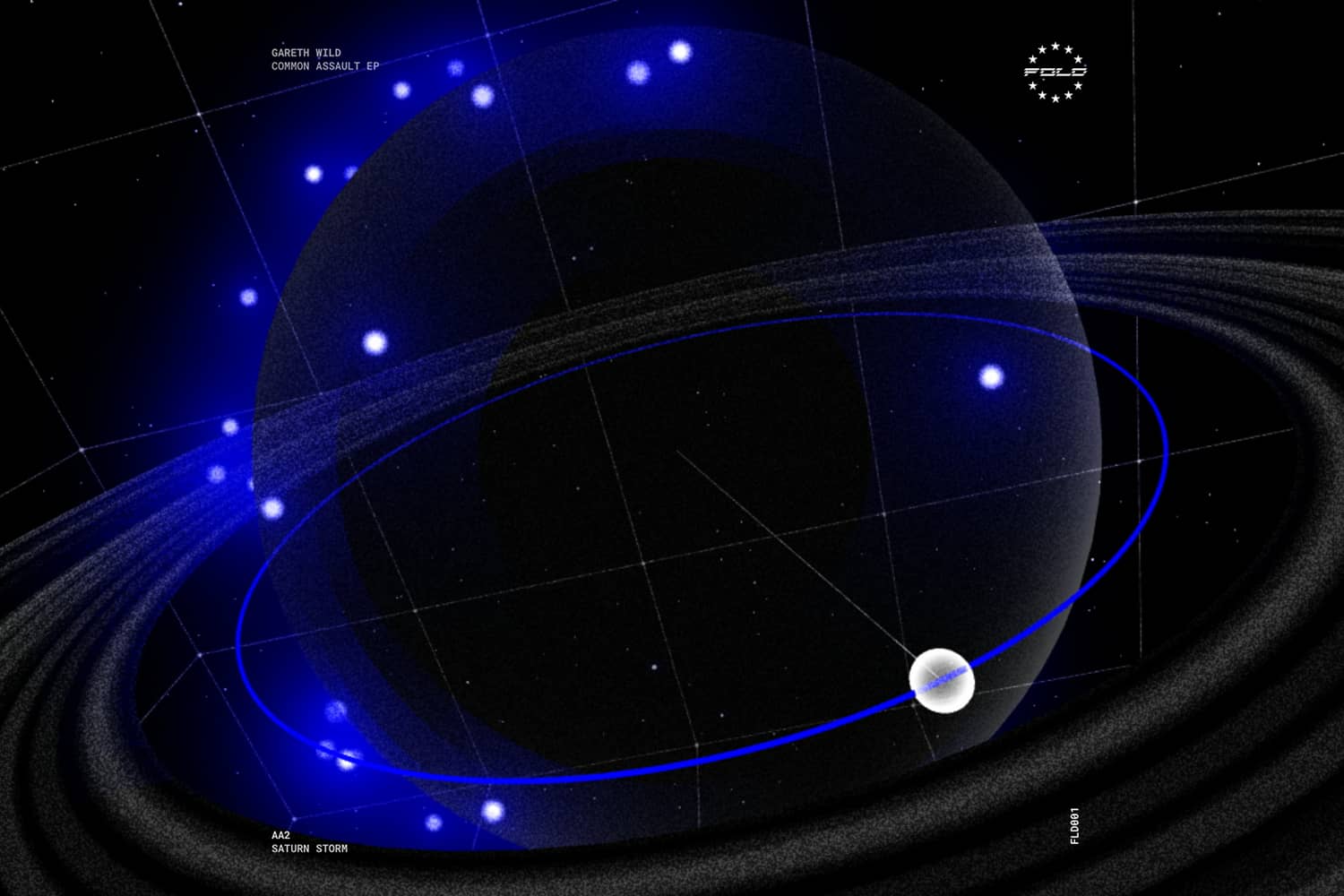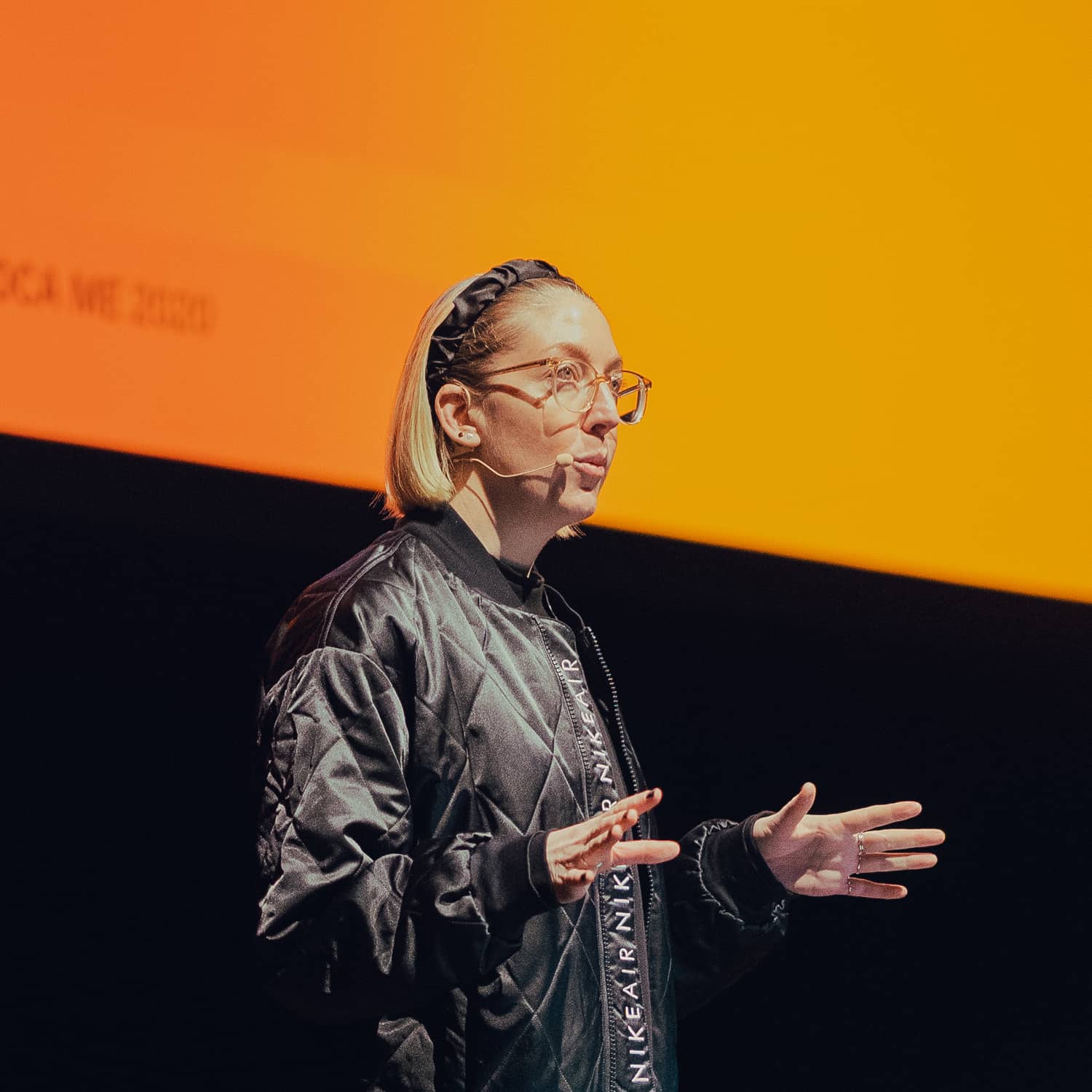A very special project is my contribution to Christoph Grünberger's new book
The Age of Data, which explores the data-driven art and design projects of 40 artists, designers and studios. I met Christoph for the first time at TOCA ME in 2020 and we instantly connected over our love of electronic music and minimal aesthetic. This book is a beautiful insight into the tools and techniques used across a wide range of fields and mediums. I'm super grateful to TOCA ME for inviting me and enabling this encounter that led to such an amazing opportunity.
My collaboration with Joshua Davis at OFFF Festival a few years ago was a huge honour and also the beginning of our friendship. I have so much respect and love for that man. His work is incredible and his support has been crucial to my development as an artist. We instantly understood each other and I look forward to more future collaborations!
The various projects I've done with
FOLD have also been some of my favourite collaborations that have been equally important for my personal development. As a venue that is a club but also an art and studio space, they understand visual art and how it can amplify the experience of listening to music. A recent project with them was a video for the track "Saturn Storm" off the first FOLD Records release - the Common Assault EP.
